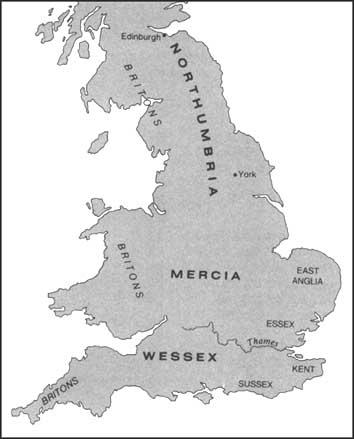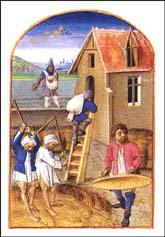The Anglo-Saxons
Anglo-Saxons first came to England in the 4th century AD when they began raiding the east coast. The most important of the Anglo Saxon tribes were the Angles, the Saxons and the Jutes.
In about 450 the Anglo Saxons began to settle in England. By the 6th century the Jutes had occupied Kent and Hampshire, the Saxons had established the kingdoms of Sussex, Wessex, Middlesex and Essex, and the Angles were in control of the northern and eastern areas of England.
In his book, Ecclesiastical History of the English People, the historian, Bede argued that by the 8th century most people living north of the Humber were descended from the Angles. This included the East Angles (East Anglia), Middle Angles (East Midlands) and the Mercians (Midlands).
After Oswald of Northumbria defeated Cadwalader at Hexham in 633, he claimed authority over all Anglo-Saxons. In the 8th century power moved to Mercia when King Offa established overall control over most of the country. The following century Alfred the Great of Wessex was able to claim the overlordship of Anglo-Saxon England.
The renewal of Scandinavian raids led to a Dane, Canute, becoming king of England in 1016. Edward the Confessor, the eldest son of Ethelred the Unready, restored the Anglo Saxons to power in 1042, although some were unhappy with the number of Norman advisers that he brought to England. Edward's successor, Harold Godwinson, was killed at the Battle of Hastings and was therefore the last Anglo-Saxon king of England.


